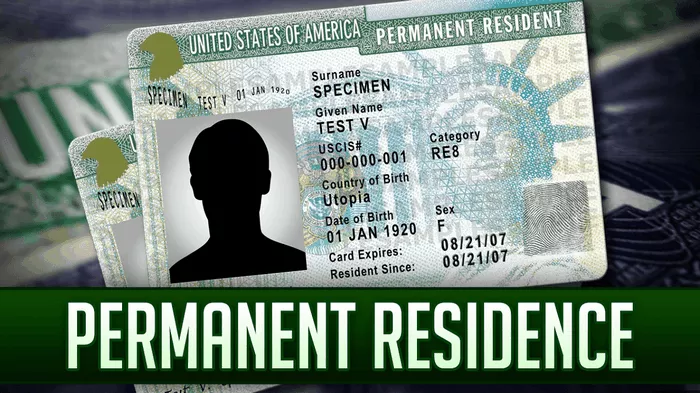In today’s globalized world, the United States continues to attract skilled workers from around the globe. For many, obtaining a U.S. green card through employment serves as a gateway to new opportunities, stability, and the American dream. However, the process can be complex and daunting, requiring careful navigation of legal requirements and procedures. In this comprehensive guide, we will explore the various avenues available for obtaining a green card through employment and provide practical insights to streamline the process.
Understanding the Basics
Before delving into the specifics, it’s essential to grasp the fundamental concepts surrounding employment-based green cards in the United States. The employment-based immigration system is divided into several preference categories, each with its own set of eligibility criteria and numerical limitations.
The employment-based immigrant visa categories, commonly referred to as EB visas, are as follows:
- EB-1: Priority Workers
- EB-2: Professionals with Advanced Degrees or Exceptional Ability
- EB-3: Skilled Workers, Professionals, and Other Workers
- EB-4: Special Immigrants
- EB-5: Immigrant Investors
Each category caters to individuals with distinct qualifications and backgrounds, ranging from highly skilled professionals to investors seeking to stimulate the U.S. economy. Understanding which category aligns best with your qualifications is the first step towards pursuing a green card through employment.
SEE ALSO: HOW LONG IS THE GREEN CARD PROCESS THROUGH MARRIAGE
Navigating the Application Process
Once you’ve identified the most suitable employment-based immigrant visa category, the next step is to navigate the application process. While the specific requirements and procedures may vary depending on the category, the general framework remains consistent.
1. Labor Certification (if applicable): For certain EB visa categories, such as EB-2 and EB-3, obtaining a labor certification from the U.S. Department of Labor is a prerequisite. This process involves demonstrating that there are no qualified U.S. workers available to fill the intended position, thereby justifying the need for hiring a foreign national.
2. Employer Sponsorship: In most cases, an employer in the United States must sponsor the foreign national for an employment-based green card. This sponsorship typically involves filing a Form I-140, Immigrant Petition for Alien Worker, with U.S. Citizenship and Immigration Services (USCIS). The employer must provide evidence of the foreign national’s qualifications and the availability of a job offer.
3. Priority Date: Upon approval of the Form I-140 petition, the foreign national is assigned a priority date, which determines their place in the visa queue. The availability of immigrant visas is subject to annual numerical limits, so the priority date plays a crucial role in determining when an individual can proceed with the final stages of the green card process.
4. Adjustment of Status or Consular Processing: Once an immigrant visa becomes available based on the individual’s priority date, they can proceed with either adjustment of status or consular processing. Adjustment of status allows individuals who are already present in the United States to apply for permanent residency without leaving the country, while consular processing is conducted at a U.S. embassy or consulate abroad.
Tips for a Smooth Application Process
While the employment-based green card process may seem daunting, there are several strategies that applicants can employ to facilitate a smoother experience:
1. Maintain Accurate Documentation: From educational credentials to employment history, maintaining accurate and up-to-date documentation is crucial throughout the application process. Any discrepancies or inconsistencies could lead to delays or denials.
2. Stay Informed About Visa Bulletin Updates: The Visa Bulletin, published monthly by the U.S. Department of State, provides valuable information regarding visa availability and priority date movement. Monitoring these updates can help individuals anticipate when they may become eligible to proceed with the final stages of the green card process.
3. Seek Professional Guidance: Navigating the intricacies of the U.S. immigration system can be challenging, so seeking guidance from experienced immigration attorneys or accredited representatives can be immensely beneficial. These professionals can provide personalized advice and assistance tailored to your specific circumstances.
4. Plan Ahead for Potential Delays: Due to factors such as backlogs and processing times, the green card process may take longer than anticipated. It’s essential to plan ahead and maintain flexibility, especially when making decisions that could impact your immigration status.
Conclusion
Obtaining a U.S. green card through employment is a significant milestone that offers individuals the opportunity to pursue their professional aspirations and build a brighter future in the United States. By understanding the various pathways available and navigating the application process with diligence and foresight, individuals can increase their chances of success in securing permanent residency in the land of opportunity.


